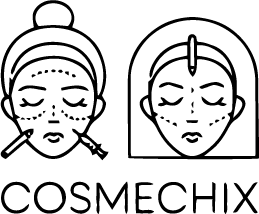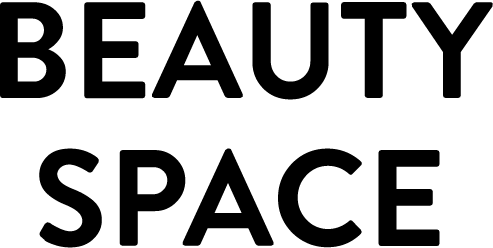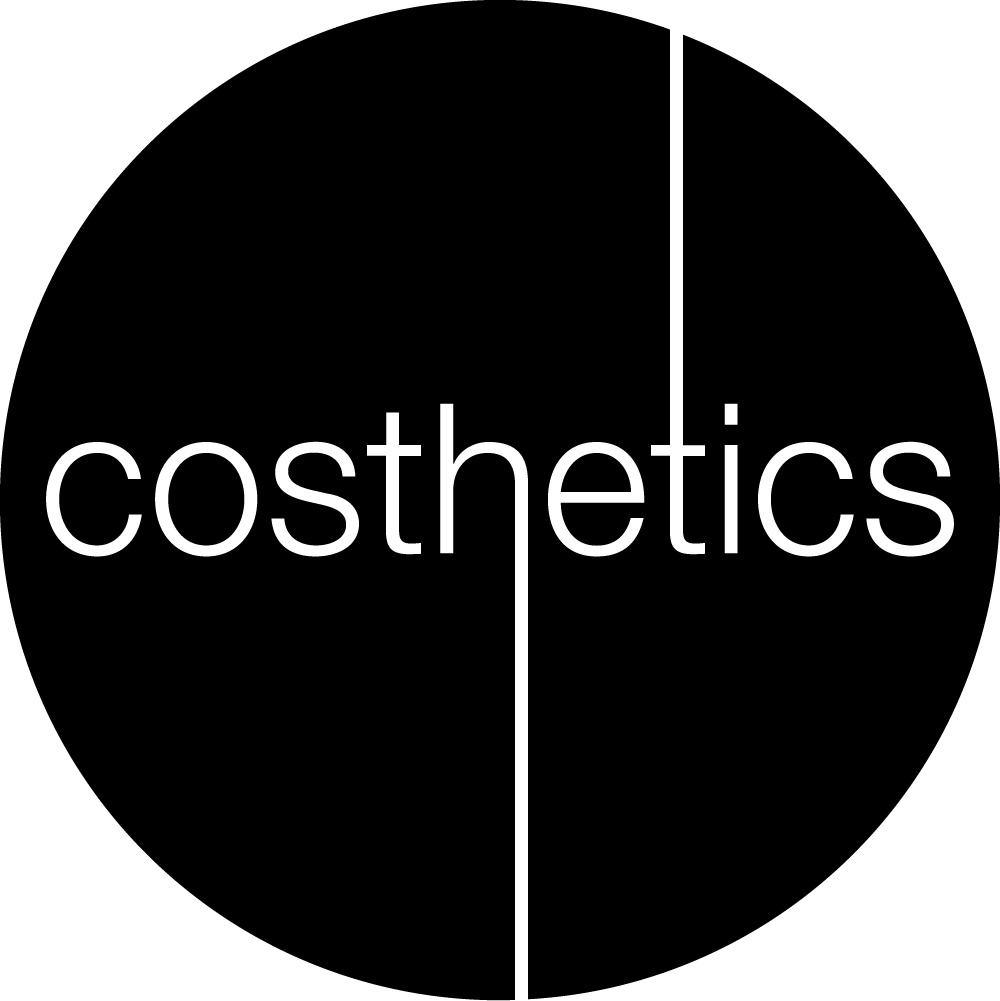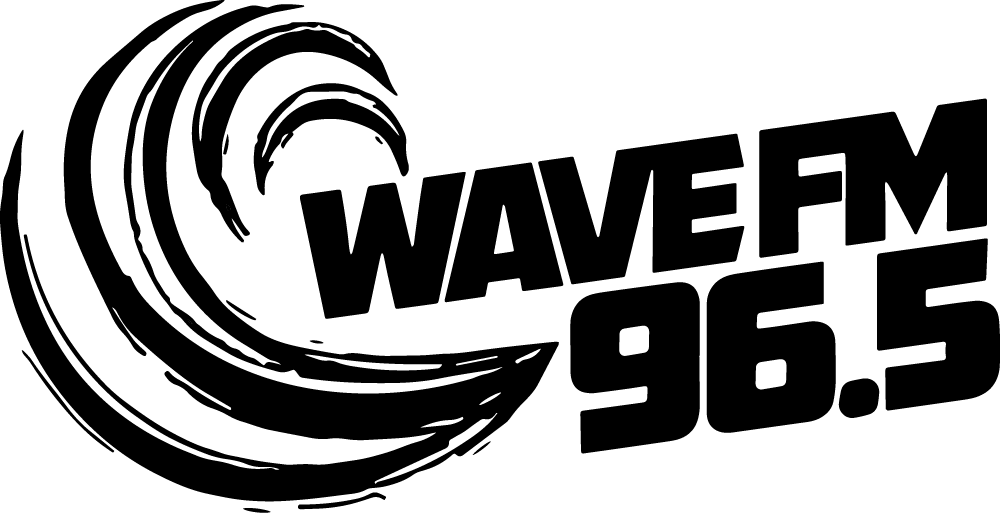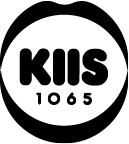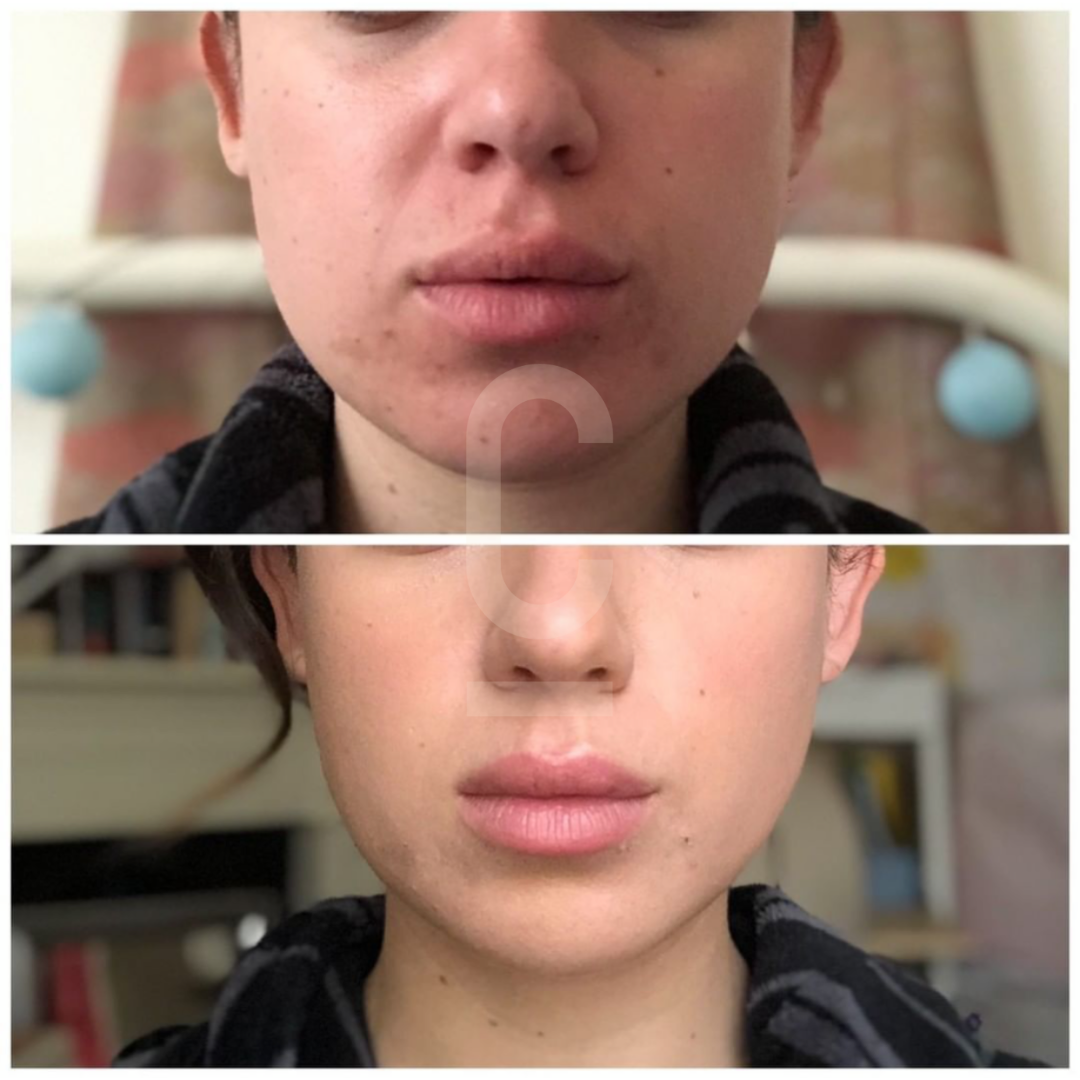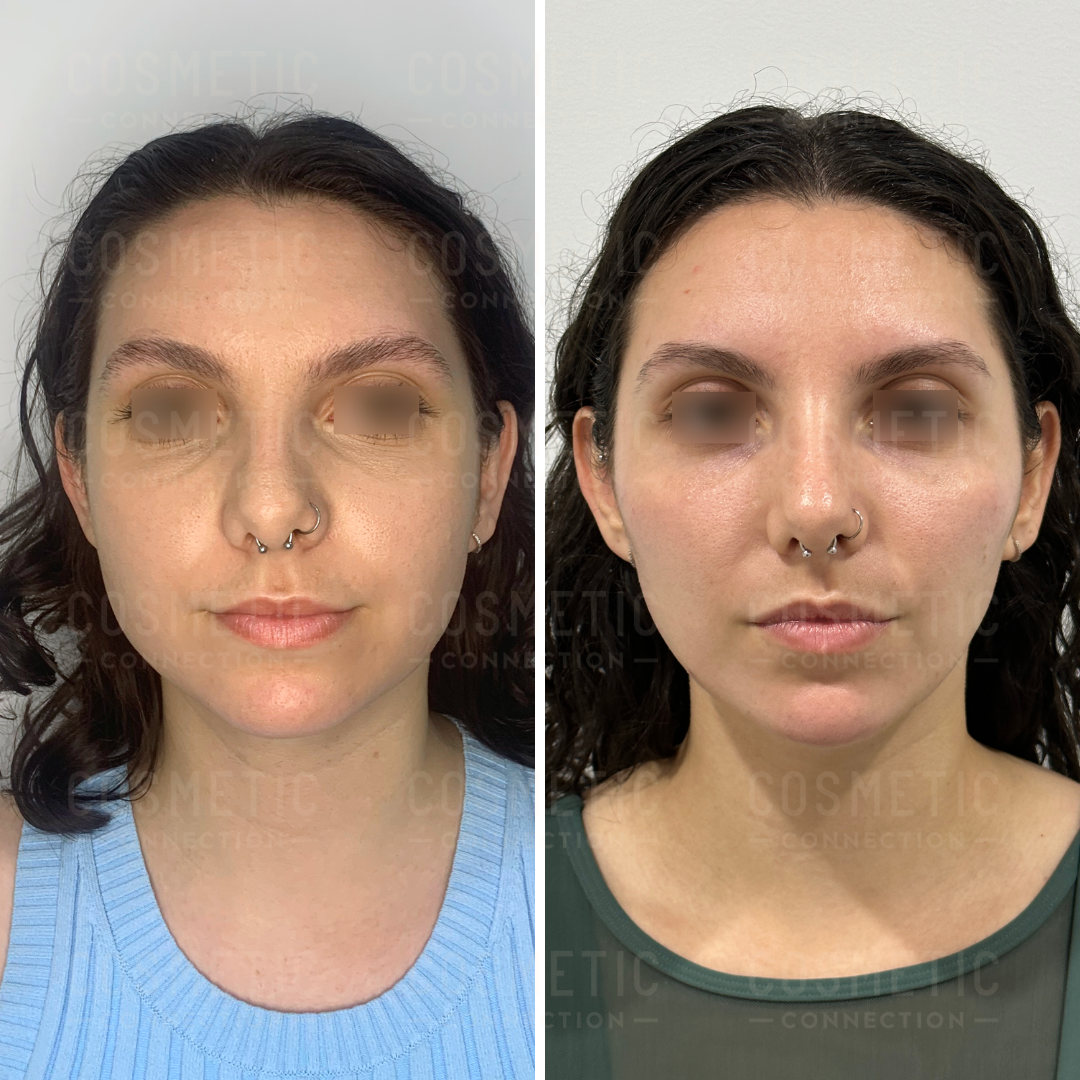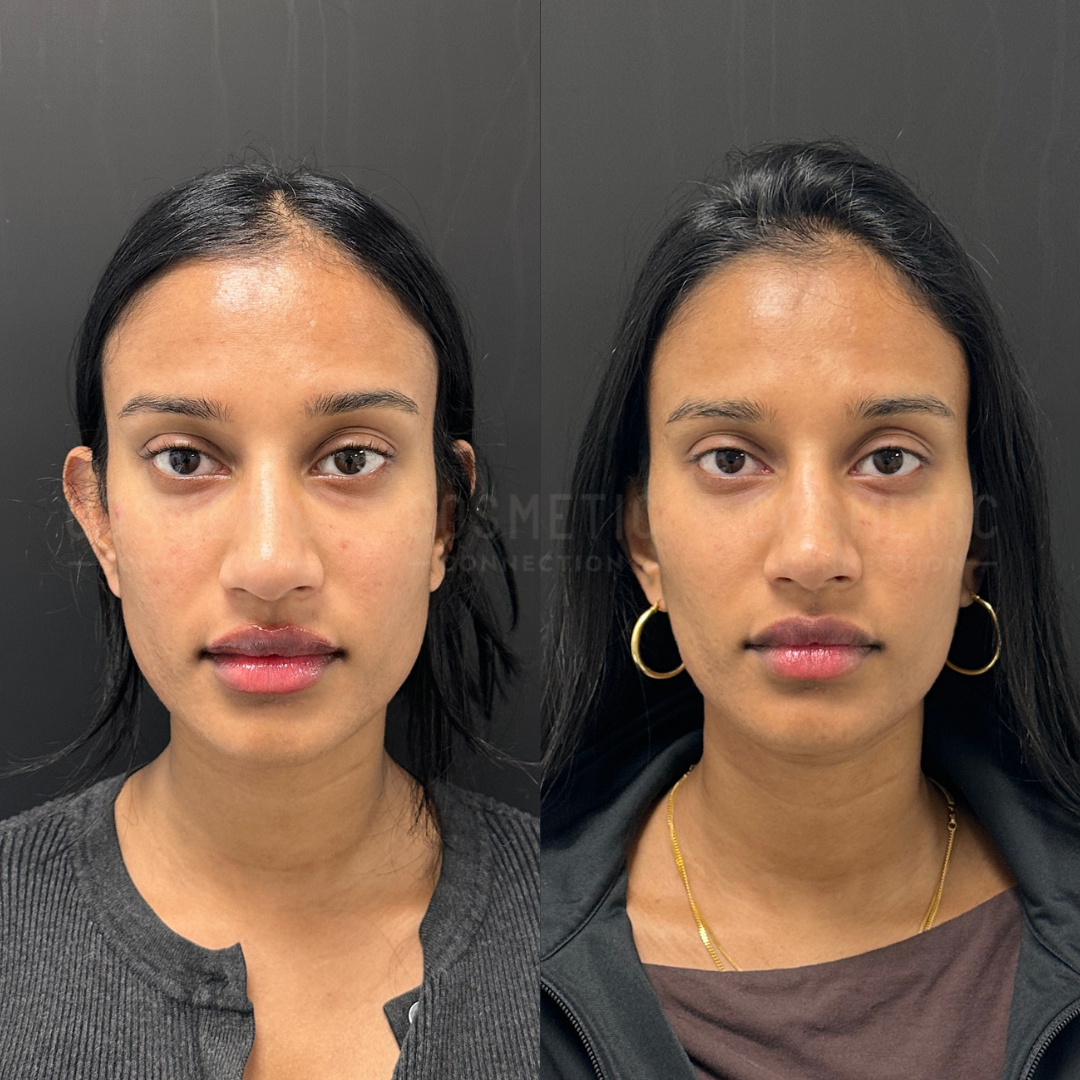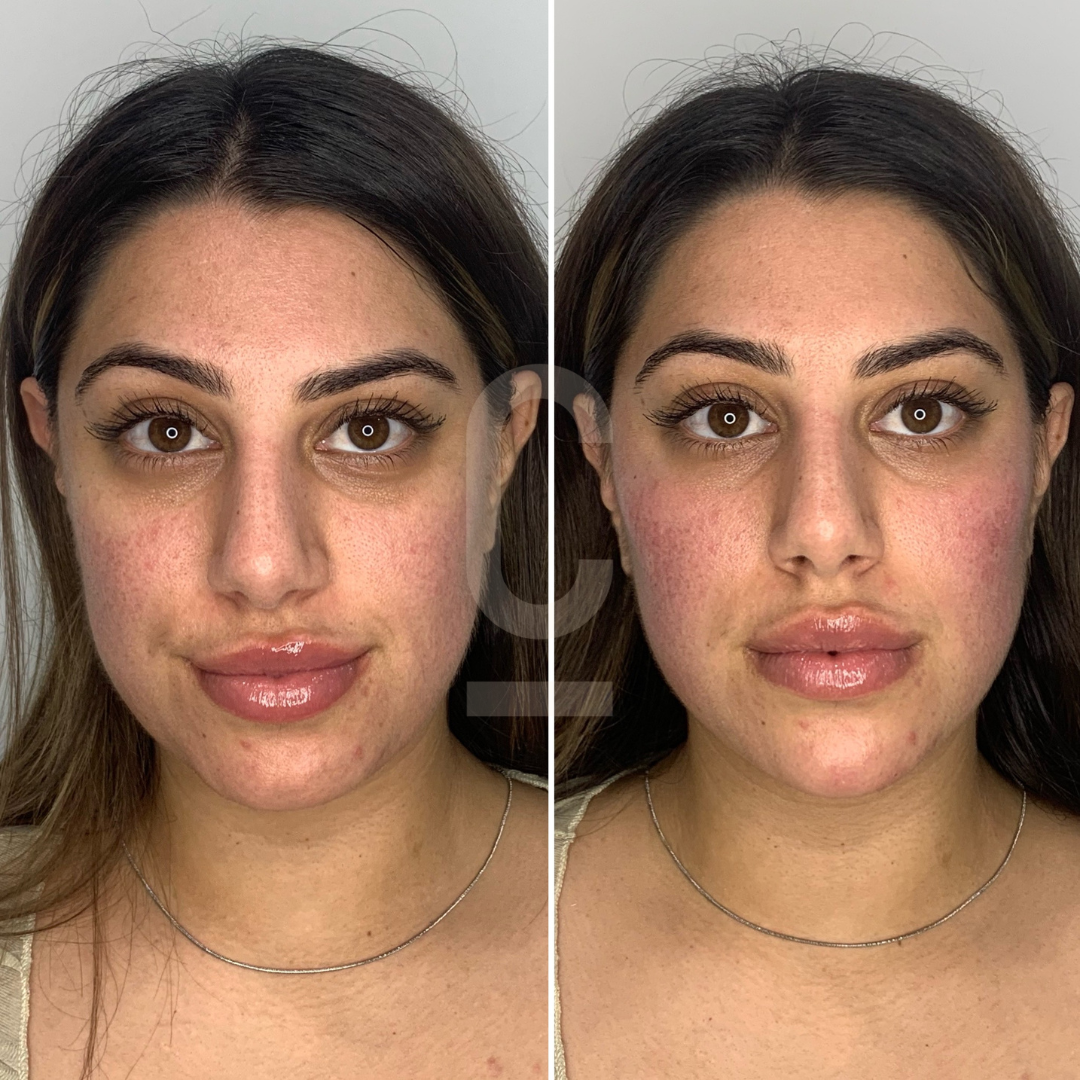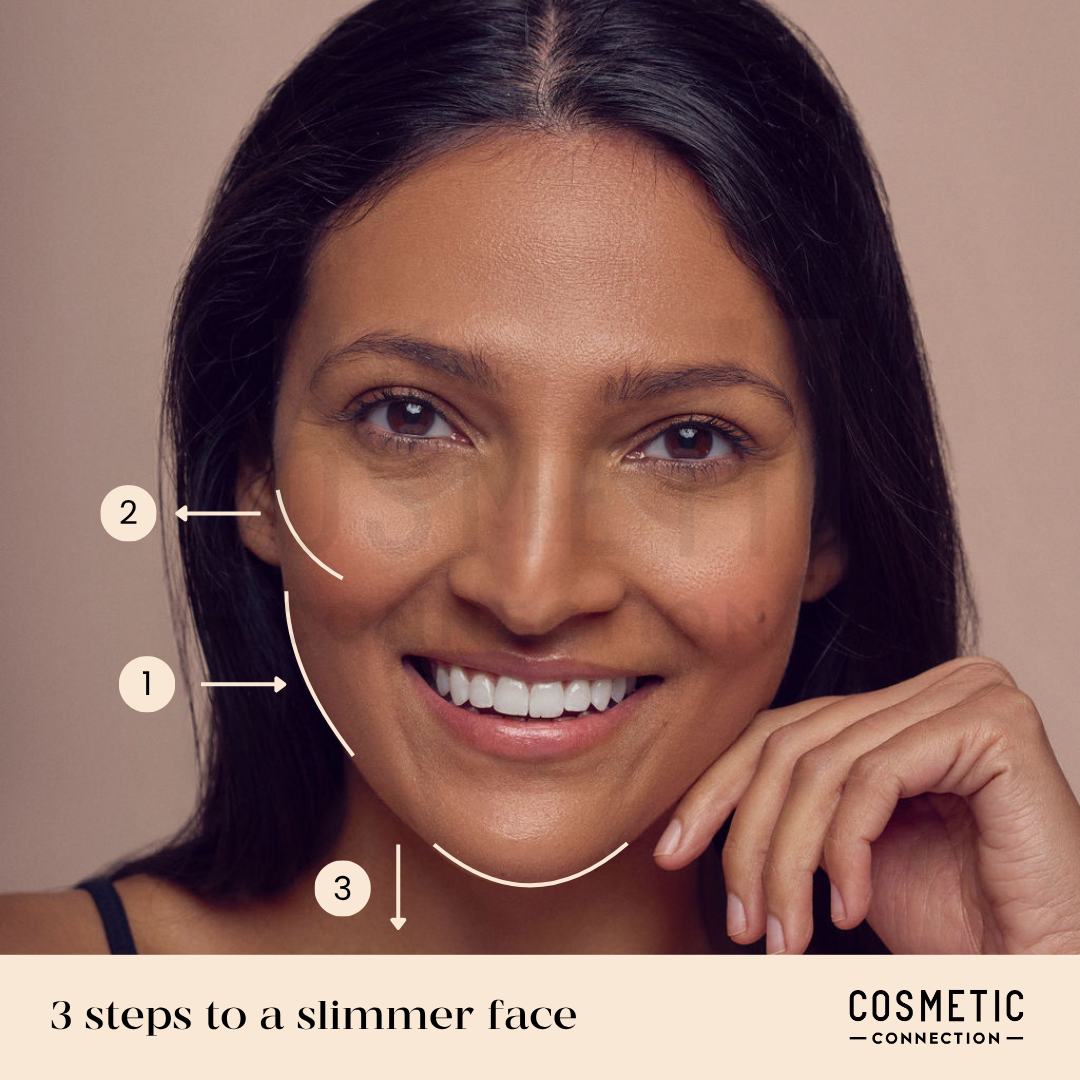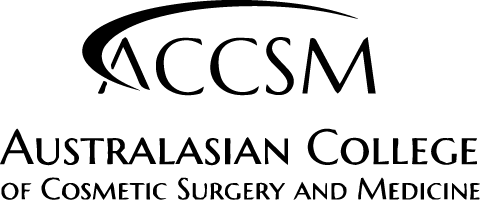There are 2 general approaches to facial slimming, one aims to actually narrow your jawline by reducing the masseter muscles, while the other focusses on adding structure to the cheeks & chin to key points to create a V-shaped face, which looks proportionally slimmer.
The masseter muscles, located at the back of your jawline, can become enlarged due to various factors like genetics, diet, or habits such as teeth grinding or gum chewing. When these muscles are overdeveloped, they can contribute to a wider, more square appearance in the lower part of the face.
Certain methods aim to reduce the masseter size over time, creating a slimmer look in the lower face. This approach is non-surgical, has short recovery periods (typically mild redness for a few hours), and offers a convenient option.
Beyond directly reducing the masseter muscles, we can also adjust your facial proportions by targeting key aesthetic points on the cheekbones and chin to create a more tapered facial shape. This may work well in conjunction with treatments that slim the lower face.


